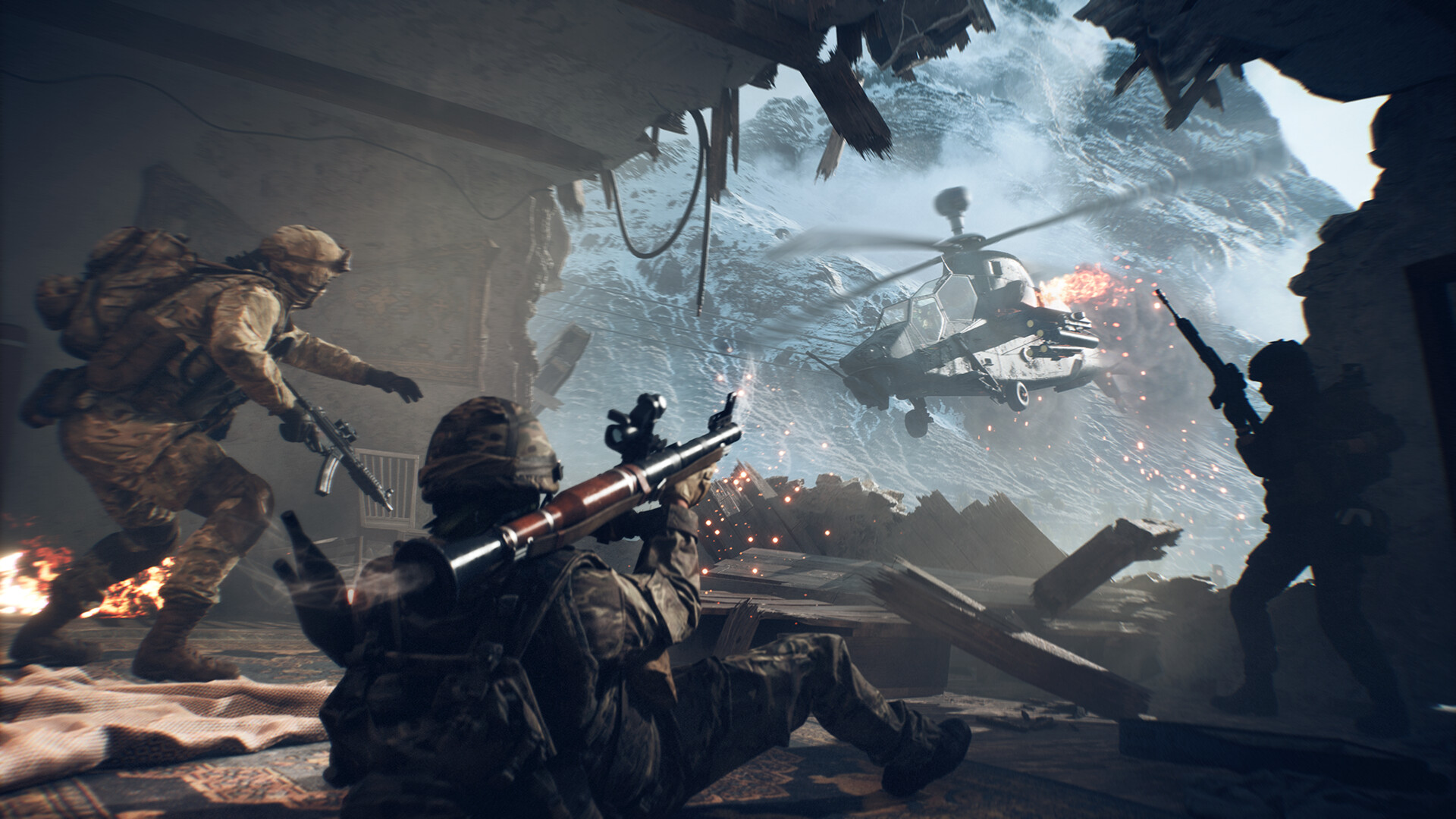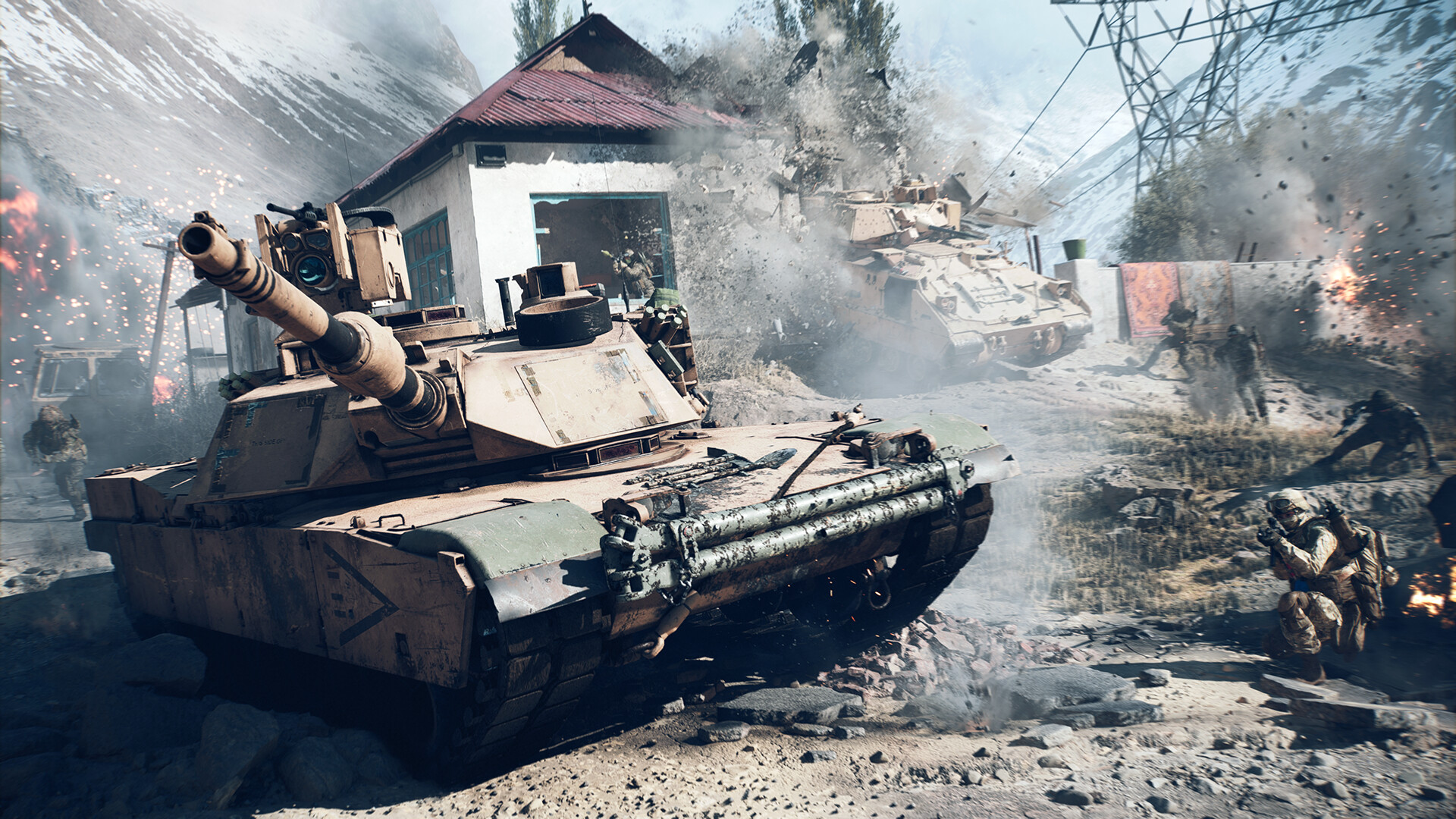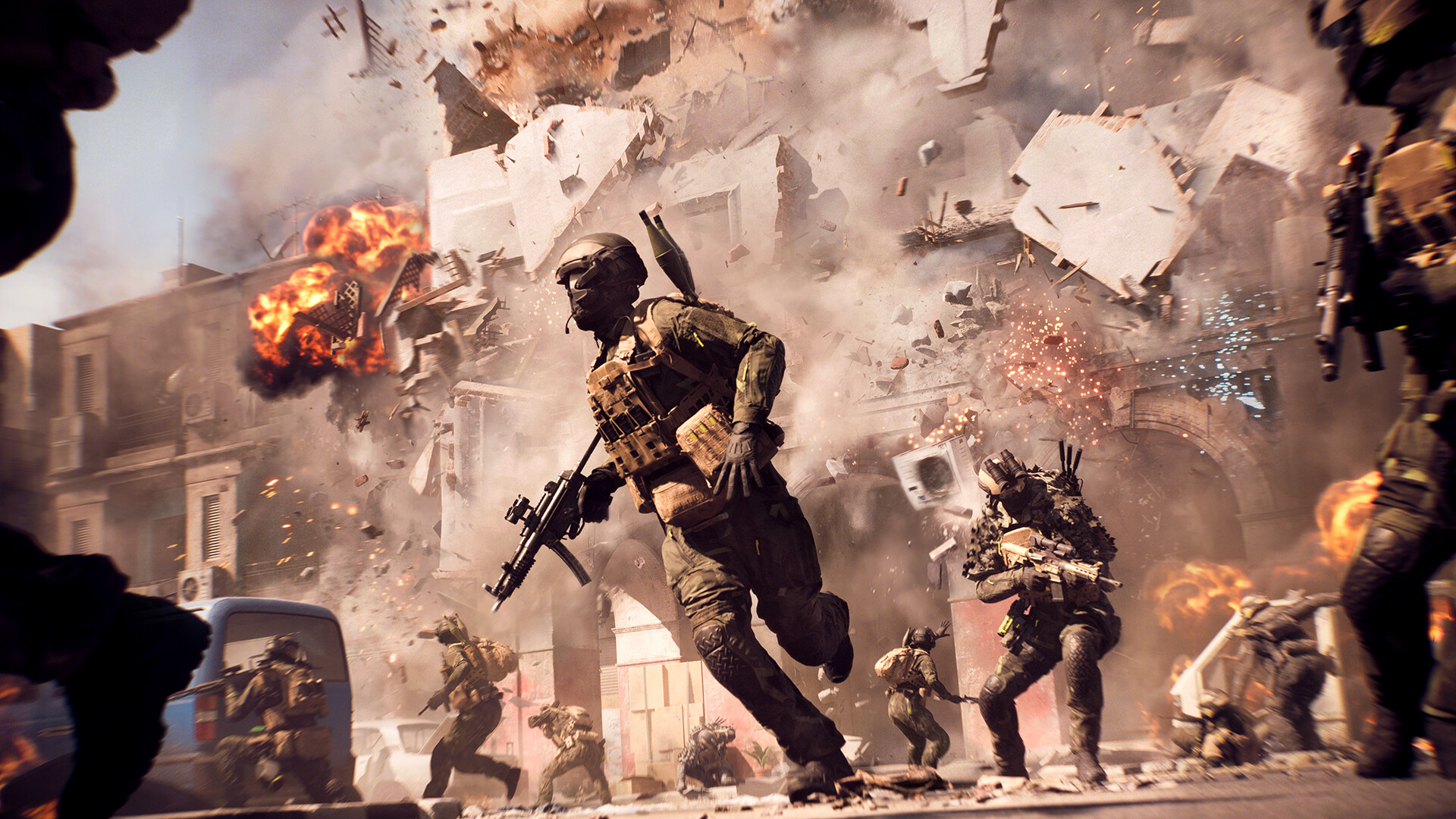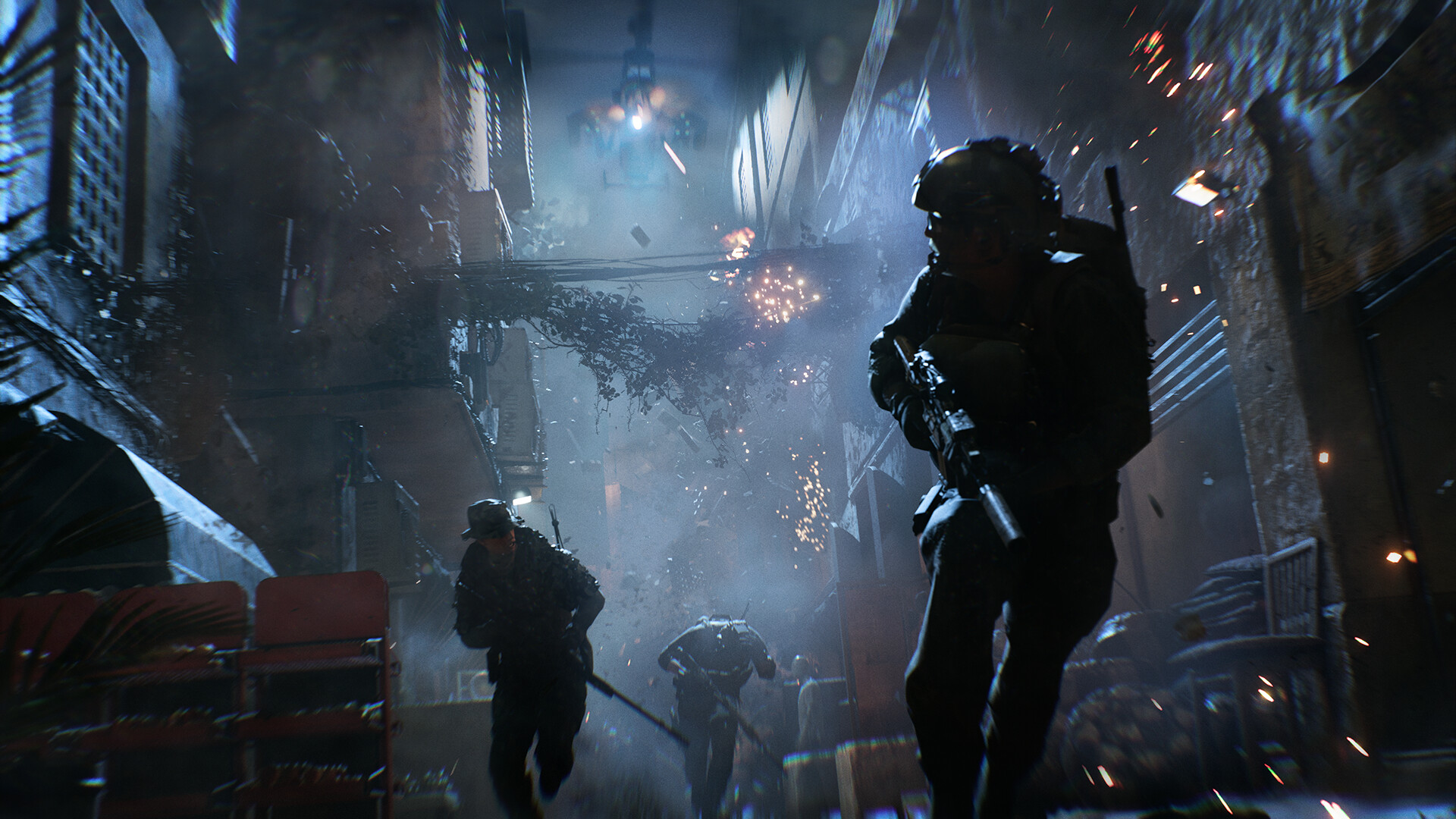'Battlefield 3 and 4 were our strongest muses' – Battlefield 6 developer details the series' return to a gritty, modern setting
‘We’re always listening’

Battlefield 6 looks like everything that fans of the long-running first-person shooter (FPS) series have been asking for.
The upcoming instalment brings back a more gritty, realistic tone that’s been absent from the market for years. While certainly not a military simulation title like Arma 3, the more grounded approach is a welcome relief from the exaggerated fantasy action of 2021’s lackluster Battlefield 2042 and even major competitors like Call of Duty: Black Ops 6.
I had the chance to go hands-on for a few matches as part of the recent multiplayer reveal event, and certainly enjoyed what I played. There were a few rough edges, the slightly ridiculous sliding speed and general lack of gun recoil, for example, but I hope that these can be ironed out before launch, and at its core, this is classic Battlefield action with a remarkable sense of scale and unyielding focus on environmental destruction.
It’s a far cry from the utterly miserable state of 2042 back at launch and shows developer Battlefield Studios (a composed team of Dice, Ripple Effect Studios, Criterion Games, and Motive Studio acting under one banner) is willing to act on community feedback.
Back to basics

Many FPS fans will identify Battlefield 3 and 4 as examples of the series at its best, and both games were hugely influential in the development of Battlefield 6. “Battlefield 3 and 4 were our strongest muses,” reveals Criterion user experience director Alan Pimm.
“They were the ones that were in that same kind of modern frame, which is what people want. They don't want ultra-modern or futuristic. They want the weapons of today, that was the strong thing that came out in our research."
“You can see the muted tones,” he says. “It’s back to that grit. It's remembering that dirt should be dirty. We're not a pristine, sterile environment anymore. You've got dust, the particles, the mud. You're not running around in a hero cape, you’re a soldier on the battlefield with your friends in amongst the muck and the dust and the explosions, and the fiber of everything. Let's make it gritty and real.”
Sign up for breaking news, reviews, opinion, top tech deals, and more.
Although 3 and 4 were the focus, careful attention was still paid to the other entries, with the team evaluating “the maps, the modes, the gameplay, the features, that were good in each, whether it’s 1, 5, 3, 4, including 2042. What things didn't work? What things can you not launch without?”

A big difference this time around is a renewed focus on community feedback - evidenced by the ongoing Battlefield Labs initiative, a program that allows select players to test different modes and share their thoughts on various modes and features.
“One of the big things is making sure we’re getting a lot more from the outside in, making sure we’re getting a lot more from the community,” he adds. “We've got Battlefield Labs going, we need to keep the player in the room.”
The team hopes that this will help avoid any potential hiccups come launch day. “You don't want the bugs, but you also don't want the design choices to be wrong on day zero when you can't do anything about them,” Pimm says.
“Get them in early on, keep them in the room, make sure that we're being honest to ourselves, and that we're not just making something that one person wants - we're making something that we know the community wants.”
Battlefield Labs is far from the only source of community feedback, and the team has been keeping a close eye on social media. “Our players are varied. We've got the veterans, but we've also got the new players, and we've got everything in between. We've got the people that like to play assault and people that like to play support, and we want to make sure that each of those voices are heard,” he continues.
“We're always listening, whether it's Reddit or YouTube or wherever these kinds of spheres come in.”
Listening in

When listening to a large and diverse group of players, you’re not going to be able to please everyone. Balancing a wide range of often conflicting opinions is a “challenge” according to Pimm, but not an insurmountable one.
“I think there are times when some voices can be disproportionately loud, and it's not necessarily that they're wrong. It's not wrong for them, it just might be wrong for the whole community, and that's what we have to assess. That's our job,” he argues.
“If somebody said, 'all your buttons must be round.' We're not going to go and make them all round. We're going to look at why they want them round and ask ‘What should we do about that?’ and ‘if we did do it, what would it look like?’ and then make an informed decision.”
Just because a voice is loud doesn't mean it represents a large portion of players
Alan Pimm, user experience director
“We might go ‘well, it was only one person [asking]’. Or, ‘actually, 10,000 people have asked for round buttons - now we should really look at it.’ So there's a bit of balancing. Most voices are heard, and then it's [deciding] what weight to give to those voices. Just because a voice is loud doesn't mean it represents a large portion of players. Sometimes it does, but sometimes it just means they're really, really passionate. We'd like to do everything for everybody, but you can't.”
For Battlefield Studios, the goal is always to “do the best we can to span the widest spectrum, to make sure veterans get as much of what they love, and new folks can still access the game and build to become veterans and have a good time along the way.”
It’s a strategy that seems to be paying off, at least if the largely positive reception to the multiplayer reveal is anything to go by. We’ll have to wait and see what players think come the October 10 launch.
You might also like...
- ‘No other studio has made this kind of game before’ – Where Winds Meet developers on building the ultimate free-to-play Chinese fantasy epic
- Battlefield 6 won't run on the Steam Deck and there are no current plans for a Nintendo Switch 2 version, says EA exec
- I learned tai chi from a bear, fought a man named Chubby Brother, then caught the bubonic plague in Where Winds Meet – and now I’m downloading this free PS5 game on day one

Dash is a technology journalist who covers gaming hardware at TechRadar. Before joining the TechRadar team, he was writing gaming articles for some of the UK's biggest magazines including PLAY, Edge, PC Gamer, and SFX. Now, when he's not getting his greasy little mitts on the newest hardware or gaming gadget, he can be found listening to J-pop or feverishly devouring the latest Nintendo Switch otome.
You must confirm your public display name before commenting
Please logout and then login again, you will then be prompted to enter your display name.